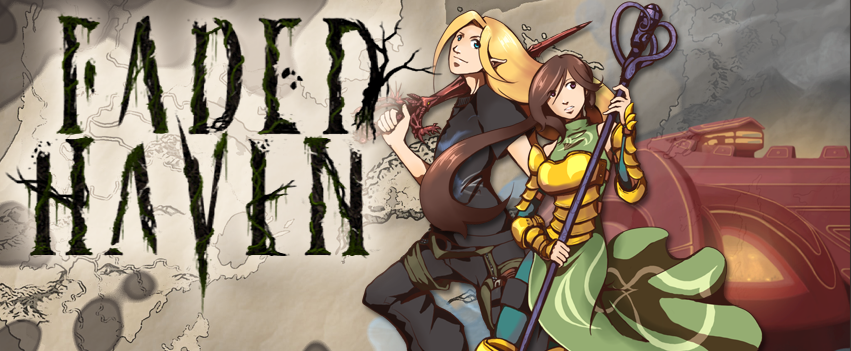History of Guns
It all started around 200 or 300 years ago, no one knows for sure. A young traveling scientist, Gunches Winter, found a mineral in the caverns of underground. He collected the sample just like other minerals he had found to bring to his laboratory. In his laboratory he examined them one by one as that was his task. Once the time came for the newfound mineral to be examined he started the usual drill. He lit the fire to see if it would melt, but the moment the flame touched the mineral it exploded almost blowing off Gunches’s hand.
Intrigued by this unusual find he soon started mainly researching it. He found out that the stone would explode upon a single spark. He named the mineral Gun stone.
The new discovery was quickly found out by armies and other military or simply combat orientated factions. They learned to make bombs with it by putting the stone in the sphere with a flammable cord which was set aflame and then the bomb would explode when the fire reaches inside the sphere.
The first gun was invented when in one of Gunches’s experiments he accidentally sent a stone that was next to the Gun stone flying with an incredible force and speed. He later tried the same out by placing both stones in a metal tube and then exploding the stone. The result wasn’t the most successful. The tube was torn into pieces and the stone although projected hadn’t gone in the planned direction at all, it actually left Gunches’s pet lizard without an ear. He continued the experiments until he found a metal that could keep the explosion contained. But the result wasn’t satisfying as the explosion moved the tube way too much for the projectile to hit the right target and it was uncomfortable to wield. He decided to close the end where the stones were and attach the same lighting method that was used for bombs, a wire. The result still wasn’t satisfying and required a lot of force to maintain the tube in place. Soon he attached a handle which made it far easier to handle.
The first gun was made. At first it was called simply “stone launcher”. Only after Gunches’s death it was named Gun.
Modern guns
Gun stone was expensive, but army liked their guns so they requests scientists to find alternative versions for guns to work. And so they did. Multiple solutions were found with mixed effectiveness. At first the most popular were using magic explosions and angered fire elementals. But first wasn’t fitting for the people who were bad with fire magic and it required additional training while the second one was soon ceased because elementals would eventually just stop exploding upon irritation and ignore the gun wielders.
The solution was found by Michael Muster. He used magical substance that he gathered from Mimics and fused it with the pulverized Gun stone and a liquid metal. The outcome was a metal that made an explosion upon contact with a spark or flame just like Gun stone, but after the explosion it would regenerate and be ready for another explosion. The metal was made into a detail that was integrated into a gun instead of the gun stone. This didn’t make the materials easier to gather, in the contrary, it was harder now. But once the gun was made it didn’t need any more gun stone than the plate already inside it.
The other issue was the projectile. Although easy to get by stones were rarely the good size which affected the accuracy and they were often fragile and got destroyed by the explosion. The solution came fast for this. Special balls of metal were made for the guns to be used as projectiles. Although they had to be made in advance they were easy to make and they were cheap. So they went with it.
As you probably guessed the stone is the replacement for gunpowder however it is slightly stronger. Both the Gun stone and Mimic substance are hard to come by which is the reason of decrease of gun production. These however are only the main versions. There are surely more custom versions out there perhaps made when they were still experimenting with other options or made by someone who wanted a gun, but couldn't get the needed materials.

Comments